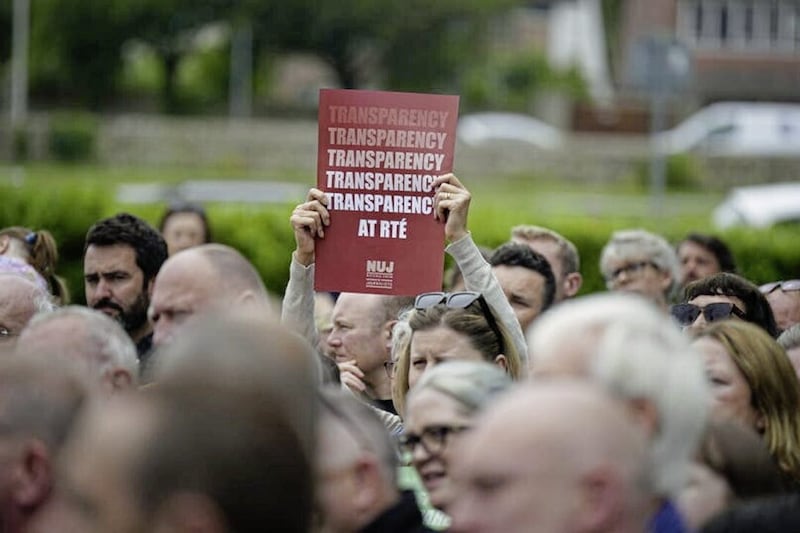Fadó fadó fadó (the ‘long, long ago’ of Irish storytelling) I wrote about daring to walk through a Twelfth parade.
This was a weekly Irish Times column called ‘Inside Belfast’, a sideways portrait on its biggest day of the Orange complete with warts.
The paper proudly sent an annual squad of reporters to ‘do’ the Twelfth in glorious colour; no warts. Peaceful Protestant countryside, Drumnaglough Gideon’s Chosen Few, Aughintubber Star of the North, ‘No Cross, No Crown’, Coalisland Faith Defenders, ‘For the Throne is established by Righteousness’.
As a raw beginner I liked Dublin to see me putting nationalist upbringing to one side in the interests of reporting, but there were limits. The Orange had yet to realise that trailing their triumphalism through or even past Catholic districts had had its day. This needed flavour for the uninitiated, and the column (July 14 1976) found a neat example.
"A Catholic youth of my acquaintance (2023 note: no idea who he was) phoned at about six in the evening, the time when many thousands of marchers make their way back from the field. He sounded jittery. ‘How am I going to get home? Between here (Queen’s) and the city centre’s blocked with the parade'." Which "seemed entirely daft; I snapped that he could walk down the road like anyone else. Do you think they’re going to yell 'there’s a curly-headed Fenian' and grab you?’ Then I remembered that living in north Belfast he had some cause to be afraid of loyalists and set off to escort him."
Spoiler, no real drama ahead. Merely the fact that I was on one side of street, he was on the other.
Read more:
Patrick Murphy: What exactly is the Orange Order celebrating?
Fionnuala O Connor: RTÉ row a tale of hames and hubris
Back then, in information packs on routes and road closures to facilitate dozens of parades, the press office for Belfast police (RUC, that is) sent out guidance for anyone wanting to... cross the road.
They listed "designated crossings of the processional route" and advised pedestrians "wishing to cross to ask the nearest police officer for assistance".
First stage of my mercy run was "Shaftesbury Square to the bottom of the Lisburn Road; not an inch of footpath showed, broken glass filled the gaps between the deckchairs (of the parade-watchers)... and the air was full of drink".
At the nearest designated crossing the police were all on the other side.
I ended up running across road, going and coming back "in the pauses between the bands and in the wake of a car carrying an aged Orangeman. Each time a woman pushed me hard in the back for blocking her view. I jumped and landed to glares from both footpaths but the marchers never blinked. And when I reached the youth (2023 note: was it my youngest brother?) and we walked along beside drums and flutes, trying not to look like we had sore ears and uneasy minds, I did not tell him he had worried over-much".
A column in the same paper, this time July 8 2009, was an attempt at an overview. Orange marching had been "destabilising society and tying up police resources since the end of the 1700s". The "marching season" still produced friction and indeed "hatred" but thanks to conditions on routes and behaviour, the "poisonous Drumcree confrontations of the 1990s" were no more.
Rueing the triumphalism may never happen but the glass on the road and air full of drink have irked some Orangemen for some time. A leaked internal review considered halving the length of the Belfast march. With traditional lack of gumption, Orange voices promptly denied that change was imminent.
A London visitor being driven to the airport the other day thought the murals congratulating Charles and Camilla on their coronation were "sad – what do those two know about people here?"
Well, King Charles the Third knows he must encourage peace. The Throne established by Righteousness is not what it was.







